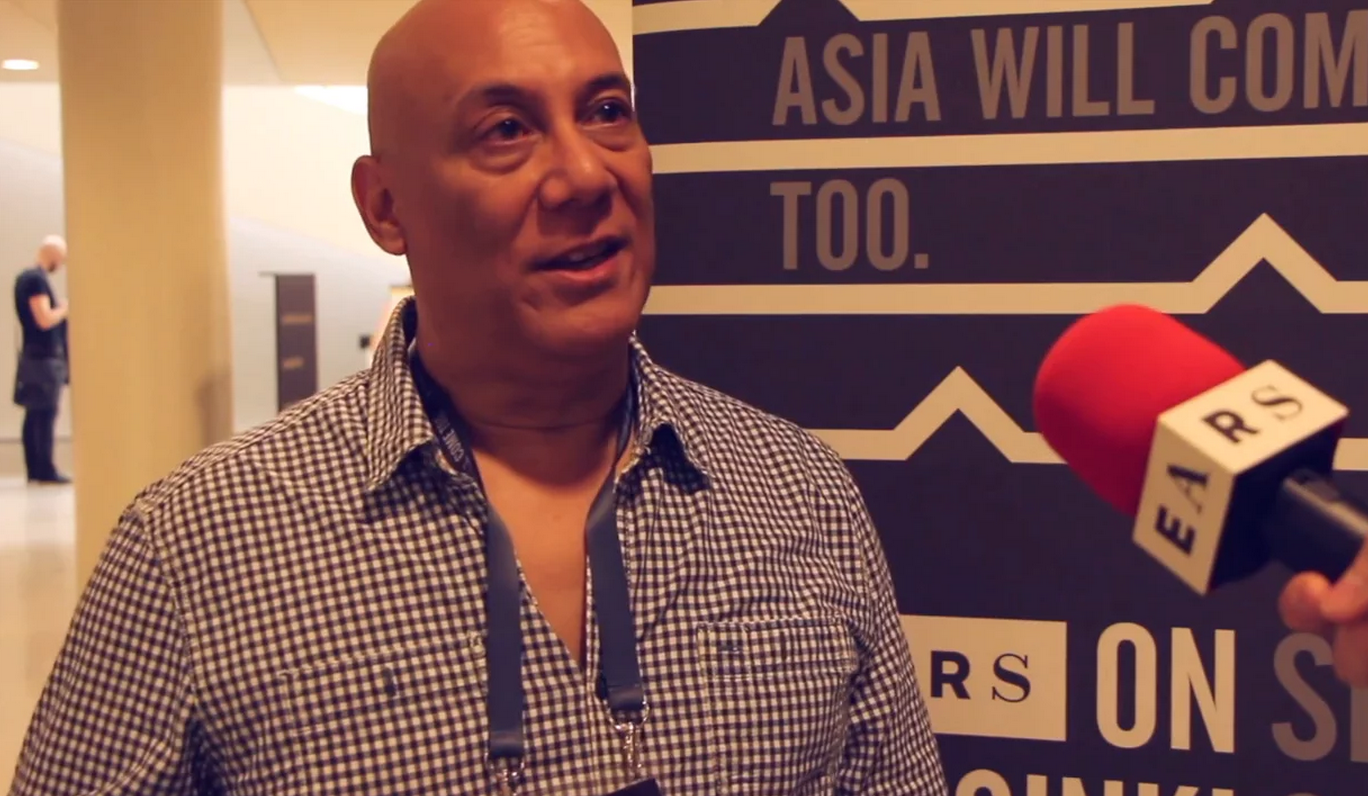Java Jazz Festival is the biggest music festival in Southeast Asia with over 100 000 visitors in 2013. Dankmeyer has organized concerts from the 70’s for several jazz legends like Miles Davis, Pat Metheny and Sonny Rollins, and he’ s also directed the North Sea Jazz Festival organized annually in the Netherlands. Read on to get insights into Indonesia’s jazz and festival scene.
Who are you and what do you do?
My name is Paul Dankmeyer and I have been the artistic director of Jakarta International Java Jazz Festival festival for many years. I started working with music meaningful to me at North Sea Jazz Festival in Holland in the 80’s. Now I have been actively working for 10 years in Jakarta, Indonesia doing the program for Java Jazz Festival.
How did you end up in Indonesia?
I had contacts with people in Indonesia who were very enthusiastic about jazz music. They came along to play at North Sea Jazz a long time ago when I was working there. We kept being in contact and in 2004 one of them called me and said that Indonesia was looking for a brighter future. He had a dream of organizing a festival like North Sea Jazz but in Jakarta. His name was Peter Gontha. We met and decided to give it a try in 2005 for the first time and it worked out very well. Now we are celebrating the ten year anniversary!
The jazz festival audience is a lot younger in Indonesia compared to Europe or the US.
How would you describe the Indonesian jazz audience?
Surprisingly the audience is a lot younger compared to Europe. In Europe the average age of the people who go to jazz festivals is something between 35 to 55. In Indonesia we see a lot of young people starting from 20 to 45 at our festival. Of course we have older people as well but not as much as we see in the US or in Europe. I think that the excitement of a festival has brought up a lot of curiosity in Jakarta. Festivals in general were very rare to be organized there.
Are Indonesian jazz artists interested in studying jazz abroad?
There are many Indonesian musicians that go abroad, especially to Europe to study jazz music. I know that there are people going to Netherlands because of their close relationship. They also go to the US, some go to Berkeley in Boston and other cities. So there is a lot of interest in young people to study jazz and I see it as a very exciting thing.
What are the biggest challenges when organizing a festival in Indonesia?
For instance you need to understand that the culture in Indonesia is very different than in Europe. Indonesians don’t really drink alcohol. In European festivals, well not maybe jazz festivals but pop festivals, there is a lot of consumption of beer. This is not the case in Indonesia. Because of the religion, people are not keen on drinking a lot of beer. So in terms of sponsorships this makes us to be creative. In my experience the sponsors in Europe are always beer or insurance companies or something like that. Until last year we could use tobacco companies, they sponsored festivals a lot and the sponsorships were big. But from the beginning of this year it has been forbidden in Indonesia to have a tobacco company as a sponsor of an event. This means no tobacco and no beer so we have to go to other areas – that’s a challenge.
Another challenge is that Indonesia is far away. Logistically this means that artists from Europe need to travel from 14 to 16 hours and if you live in the US the time is from 22 to 24 hours of travelling just to play in Indonesia. This is a lot of time to consume for the artist so you really need to persuade and convince them to come. The logistics make it really complicated.
How do you see the cooperation between Europe and Asia at your festival?
Luckily enough we have very good relationships with the embassies in Indonesia. For two or three years we have for example been working with the Finnish embassy and have been presenting some Finnish musicians at our festival. Last year Felix Zenger, the human beat boxer, was at our festival performing. We’ve also had a group called Scandinavian All Stars where we had jazz musicians from Finland, Norway, Denmark and Sweden combined with an Indonesian rhythm section. It was a fantastic project and we are doing it again next year!




